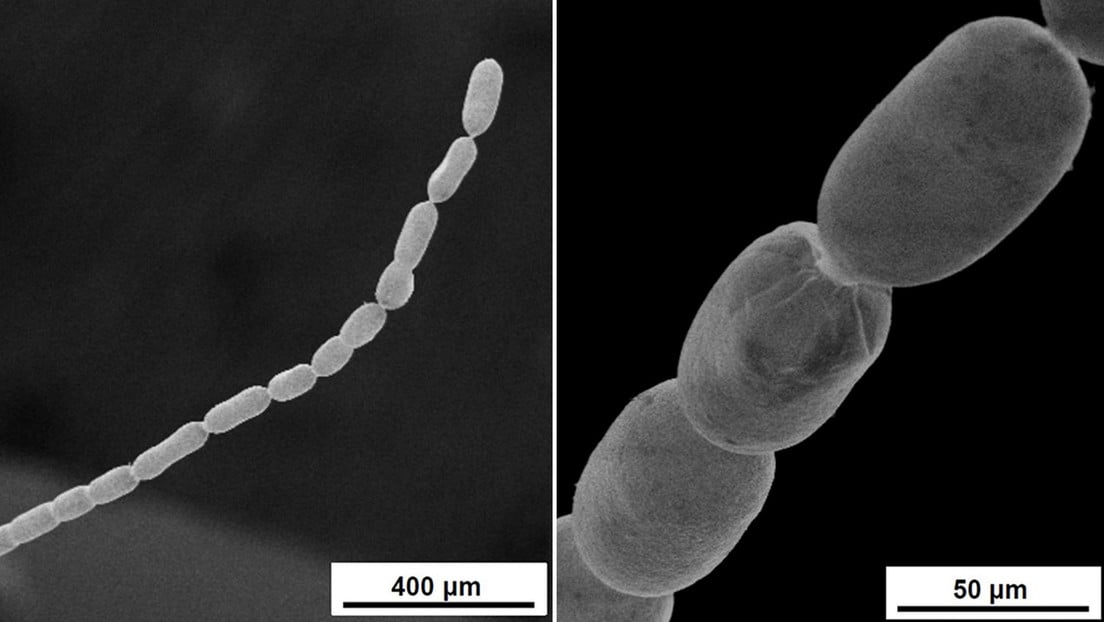Thiomargarita magnifica
Scientists have discovered a bacterium that is big enough to be seen through the naked eye. It has been named Thiomargarita magnifica and is said to be the size of a fly.
Overview:
- This huge string-like bacterium can grow up to 2 cm in length, about the size of a fly, and is native to Caribbean mangroves.
- It’s nearly 5,000 times bigger than most other microorganisms.
- The scientific name Thiomargarita magnifica has been given by an international team of researchers, including scientists from the CNRS in France, Lawrence Berkeley National Laboratory in the US.
- This newly discovered bacterium is 50 times bigger than the other giant bacteria.
- This discovery could be the missing link in answering how complex life developed over a billion years ago from the most primitive single-celled organisms.
Reason for Thiomargarita magnifica’s huge size
Thiomargarita magnifica’s genetic material, which is completely uncommon, could be the reason for its big size. T.Magnifica’s big genome is not free-floating inside its cell like those of other bacteria, thus it is blurring the differences between eukaryotes and prokaryotes. Its genome is wrapped in a membrane. The genome’s size surprised experts when they sequenced it with 11 million bases lined up to form 11,000 genes.
It also possesses a substantially larger membrane sac, which is filled with water and accounts for 73% of the microbe’s volume. This external sac helps the creature to grow so huge while keeping its vital organelles packed into a small space that allows molecules diffusion.
Difference between Prokaryotes and Eukaryotes
Prokaryotes include bacteria and other single-cell microorganisms known as archaea, whereas eukaryotes include multicellular organisms such as humans and trees. One of the main differences between the two is that prokaryotes have free-floating DNA, whereas eukaryotes have their genetic information packaged in a nucleus.
Month: Current Affairs - February, 2022
Category: Science & Technology Current Affairs


